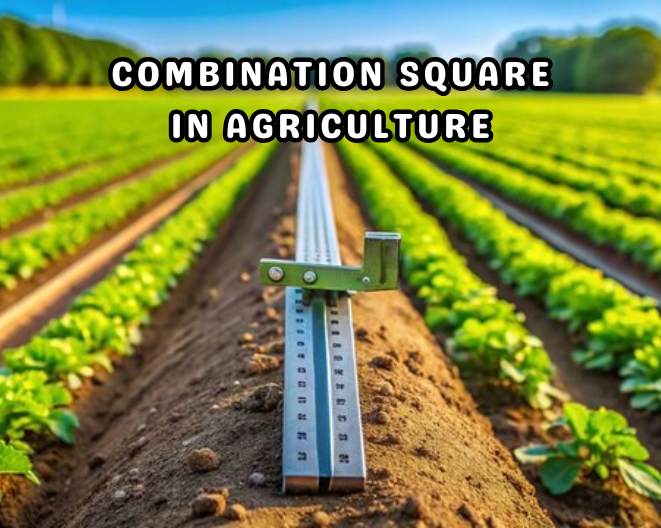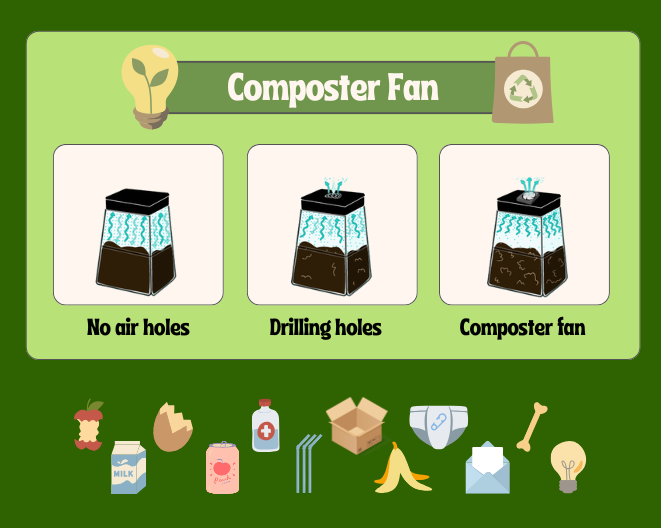The combination square is a versatile tool often associated with carpentry, but its utility extends beyond the workshop. In agriculture, this tool can assist farmers in various tasks, from setting up structures and machinery to making precise measurements in fieldwork. Understanding how do we use combination square in agriculture can save time and increase accuracy for farmers. Let’s look at some practical ways farmers can make the most out of a combination square in their daily operations.
What is a Combination Square?
A combination square consists of a metal ruler attached to a square head, which typically includes a 90-degree edge, a 45-degree angle, a level bubble, and sometimes a scribing tool for marking. This multi-functional tool allows for measuring, marking, and leveling, making it perfect for tasks that require accuracy.
Why Use a Combination Square in Agriculture?
Agriculture involves various construction and setup tasks where precision is crucial. From building or repairing barns and fences to setting up machinery, a combination square is useful in checking angles, ensuring straight edges, and measuring distances. Its versatility also reduces the need to switch between multiple tools, enhancing efficiency for farmers.
Practical Uses of a Combination Square in Agriculture
Setting Up Fencing and Posts
For farmers, fencing is essential for protecting crops and livestock. Using a combination square can help ensure that fence posts are aligned correctly at a consistent angle, especially when working on irregular terrain. The 90-degree angle on the square head allows farmers to check that posts are perpendicular to the ground, ensuring stability.
- Tip: Place the square at the base of the post, ensuring it’s level with the ground. This helps you keep all posts at the same height and angle.
Building and Repairing Barns or Sheds
When constructing farm buildings, precision is essential to ensure durability and safety. A combination square helps measure and mark wood, metal, or other materials accurately, reducing errors and improving the quality of the final structure.
- Tip: Use the 45-degree angle on the square to check for proper roof angles or to measure corners for framing. This can save time during construction and prevent future repairs.
Maintaining and Setting Up Machinery
Agricultural machinery requires regular maintenance and calibration. A combination square helps farmers make accurate adjustments to ensure machinery parts are aligned and positioned correctly, which is vital for effective operation.
- Tip: Use the ruler on the combination square to measure the distance between machine parts or to align components to a specific height.
Planting and Irrigation Setup
Consistency in planting depth and spacing is important in achieving uniform crop growth. Farmers can use a combination square to measure planting depth and ensure even spacing between plants. Similarly, when setting up irrigation systems, it’s important to check that piping and sprinklers are aligned properly.
- Tip: Use the square’s ruler to measure plant spacing accurately or to ensure irrigation pipes are leveled correctly.
Soil Sampling and Bed Preparation
Preparing soil beds involves measuring and marking rows for planting, and a combination square helps ensure straight lines and even spacing. This is especially helpful in greenhouse farming, where space optimization is essential.
- Tip: Mark the soil with the scribing tool on the square head to create straight lines for rows, ensuring plants are aligned for better growth.
Building Livestock Pens and Feed Troughs
For farmers raising livestock, building sturdy pens and feed troughs is crucial. A combination square ensures that cuts for building materials are precise, creating tight and stable structures that are safe for animals.
- Tip: Use the square to mark angles on wood or metal, making assembly faster and more accurate.
Creating Markers and Labels for Crops
Accurate labeling and marking of crops or sections of a field can be critical in maintaining crop rotation and field organization. The combination square ruler is helpful for creating evenly spaced markers, while the square head can help ensure labels are positioned correctly.
- Tip: Mark distances on stakes or boards with the ruler to create uniform markers for different crops or crop sections.
How do we use combination square in agriculture: Step-by-Step
Here’s a simple guide to using a combination square for various agricultural tasks:
- Measuring Angles
- Place the square head flush against the surface you’re working on.
- Check if it aligns at either a 90-degree or 45-degree angle, depending on your needs.
- Setting Heights and Depths
- Use the ruler to measure specific heights or depths. Adjust the square head to your desired measurement, then tighten the screw to keep the head in place.
- Marking Lines
- With the square set at your desired angle or measurement, use the scribing tool to draw a precise line along the ruler. This is useful for marking cutting lines on wood, metal, or plastic.
- Checking Level
- If your combination square includes a level bubble, you can use it to check if surfaces are level or to align pipes or irrigation channels accurately.
- Measuring Distances
- Place the ruler end against the starting point of your measurement and adjust it along the length. Combination squares often have increments for both inches and centimeters, making them versatile for all types of measurements.
Choosing the Right Combination Square for Farming
Combination squares come in different sizes and materials, and selecting the right one is important for ease of use and durability. Here’s what to consider:
- Size: A 12-inch combination square is ideal for most agricultural tasks, as it provides a balance between portability and accuracy.
- Material: Look for stainless steel or hardened steel rulers for durability, especially if you’ll be working in outdoor environments.
- Features: Ensure it has a level bubble and a scribing tool. A removable square head can also add flexibility for various tasks.
Benefits of Using a Combination Square in Agriculture
- Precision and Accuracy: Helps reduce measurement errors, leading to more stable and durable structures.
- Time Savings: Combining multiple tools into one, a combination square streamlines setup and measuring tasks.
- Versatility: Its multi-functional design makes it suitable for numerous tasks in farming, from building to field setup.
- Cost-Effective: Investing in a good combination square is affordable compared to buying multiple single-use tools.
Conclusion
Using a combination square in agriculture can transform your approach to everyday tasks, ensuring precision, reducing setup time, and enhancing the quality of structures, machinery, and crop setups. While it might seem like a small addition to your toolkit, mastering how do we use combination square in agriculture opens up a range of possibilities for improving efficiency and effectiveness on the farm.
A combination square is more than just a tool; it’s a trusted companion that helps farmers bring accuracy to every corner of their operation, from planting to construction. Whether you’re building a livestock pen or setting up irrigation, this tool can save you time and reduce errors, making it an invaluable asset for farmers aiming for precision and productivity.





